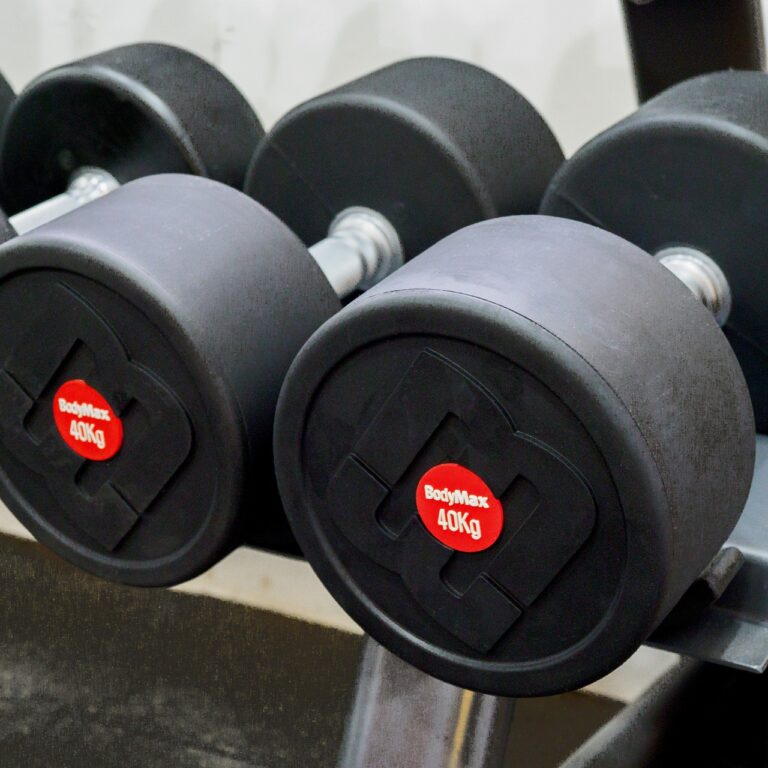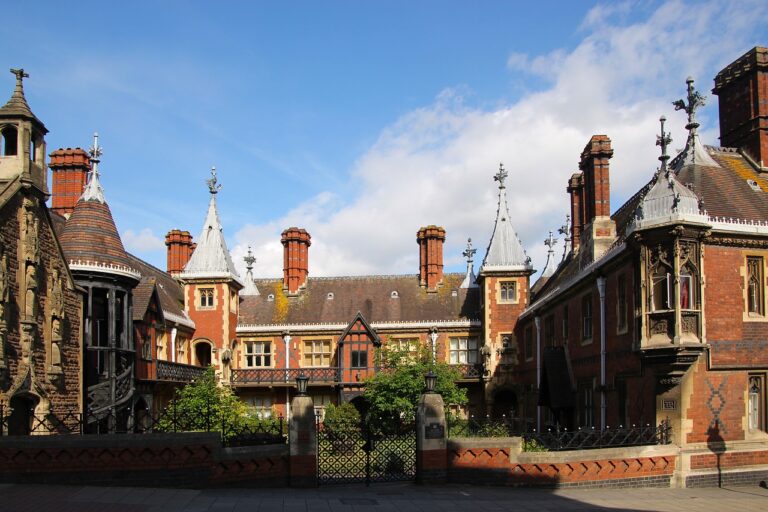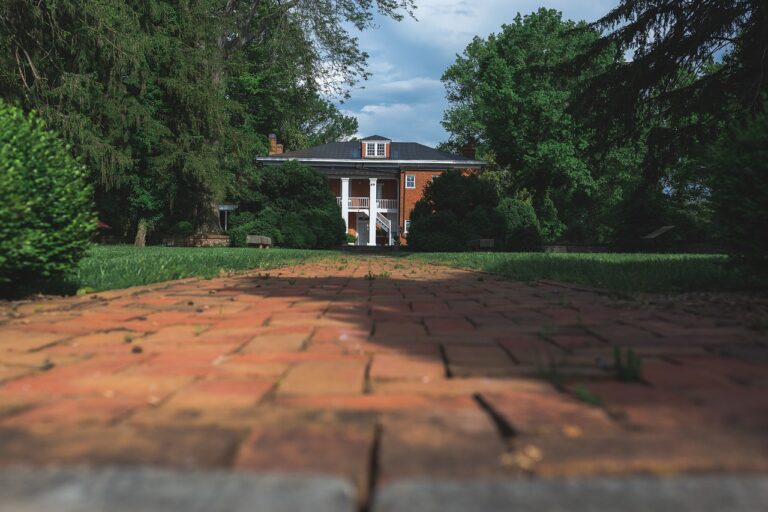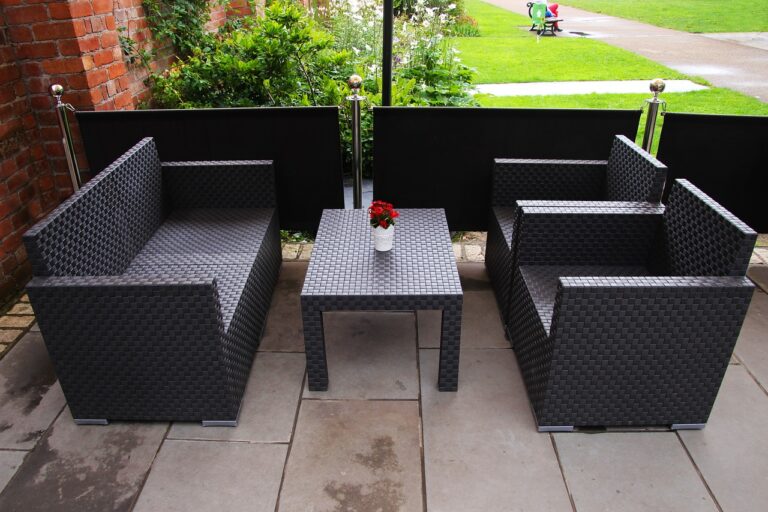The Future of Home Building: 3D Printing and Modular Construction
Technology has revolutionized nearly every aspect of our lives, and the realm of home building is no exception. With the rise of 3D printing and modular construction, the future of home building is being reshaped in innovative and exciting ways. In this article, we will explore the impact of 3D printing and modular construction on the housing industry, their benefits and challenges, and what the future may hold for these groundbreaking technologies.
3D Printing in Home Building
3D printing, also known as additive manufacturing, is a process that creates three-dimensional objects by layering materials such as concrete or plastic. In recent years, 3D printing has gained traction in the construction industry as a cost-effective and efficient way to build homes. By using large-scale 3D printers, companies can create entire structures in a fraction of the time it takes for traditional construction methods.
Benefits of 3D Printing in Home Building
There are several advantages to using 3D printing in home building, including:
- Speed: 3D printing can significantly reduce construction time, allowing for faster completion of projects.
- Cost-Effectiveness: By using less material and labor, 3D printing can be a more cost-effective option for building homes.
- Design Flexibility: 3D printing allows for complex and unique designs that may be difficult or impossible to achieve with traditional construction methods.
- Sustainability: 3D printing can reduce waste and lower carbon emissions, making it a more environmentally friendly option.
Challenges of 3D Printing in Home Building
While 3D printing holds great promise for the future of home building, there are some challenges that need to be addressed, including:
- Regulatory Hurdles: Building codes and regulations may need to be updated to accommodate 3D printing technology.
- Quality Control: Ensuring the structural integrity and safety of 3D-printed homes is essential.
- Scaling Up: As 3D printing technology advances, companies will need to scale up production to meet the demand for 3D-printed homes.
Modular Construction in Home Building
Modular construction involves building homes in sections, or modules, in a factory setting before transporting them to the construction site for assembly. This method of construction has been around for decades but has gained popularity in recent years due to its cost-effectiveness and efficiency.
Benefits of Modular Construction in Home Building
Some of the benefits of modular construction include:
- Speed: Modular construction can significantly reduce construction time, as modules can be built simultaneously while site preparation is taking place.
- Quality Control: By building homes in a controlled factory setting, companies can ensure higher quality and consistency in the construction process.
- Cost-Effectiveness: Modular construction can be more cost-effective than traditional construction methods, as materials can be purchased in bulk and labor costs are reduced.
- Sustainability: Modular construction can produce less waste and reduce energy consumption, making it a more sustainable option.
The Future of Home Building
As technology continues to advance, the future of home building will likely be shaped by a combination of 3D printing and modular construction. These innovative methods offer a glimpse into what the future of housing may look like, with faster construction times, lower costs, and more sustainable practices.
FAQs
Here are some frequently asked questions about the future of home building:
1. How long does it take to 3D print a house?
The time it takes to 3D print a house can vary depending on the size and complexity of the structure. However, 3D printing technology has the potential to significantly reduce construction time compared to traditional methods.
2. Are 3D-printed homes safe to live in?
Ensuring the structural integrity and safety of 3D-printed homes is a top priority for companies using this technology. By adhering to building codes and regulations, 3D-printed homes can be as safe as traditional homes.
3. Can modular homes be customized?
Yes, modular homes can be customized to meet the specific needs and preferences of homeowners. Companies that specialize in modular construction offer a variety of design options and floor plans to choose from.
As the housing industry adapts to new technologies and methods of construction, the future of home building is looking brighter than ever. With 3D printing and modular construction leading the way, homeowners can expect faster, more cost-effective, and sustainable options for building their dream homes.







